California Management Review
California Management Review is a premier professional management journal for practitioners published at UC Berkeley Haas School of Business.
Atma Gunupudia and Kiran Pedada
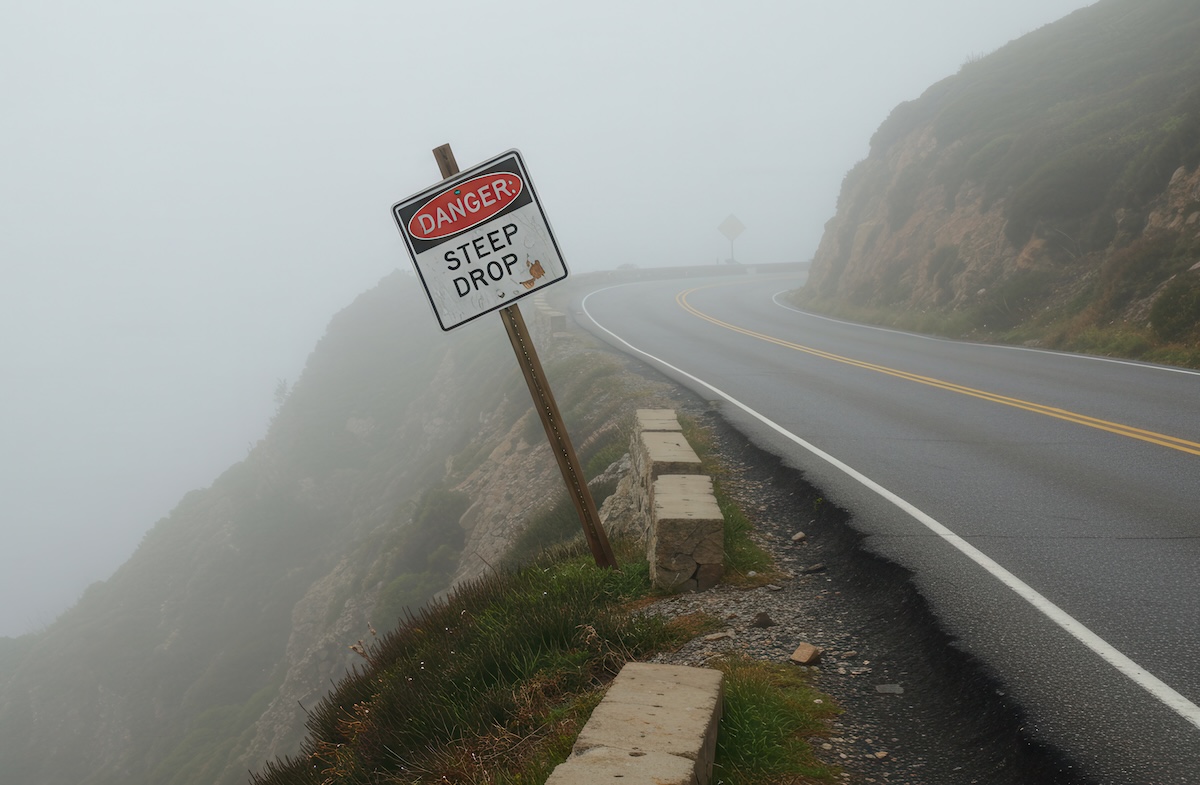
Image Credit | Tengku
In today’s world of constant disruption, crises are no longer rare occurrences. They have become the new normal. To thrive, organizations must do more than survive turbulence; they must turn it into a sustainable competitive advantage. This article introduces the Crisis-Driven Resilient Innovation (CDRI) framework, a strategic guide for turning volatility into opportunity. At its core lies the Crisis Classification Index (CCI), a tool that helps leaders understand the nature of a crisis and tailor their response accordingly. By combining rapid adaptability through the Agile Periphery, the deep-rooted capabilities in the Resilient Core, and a nimble team structure for execution the CDRI framework helps organizations innovate under pressure and emerge stronger.
Paul J. H. Schoemaker and George Day, “Preparing Organizations for Greater Turbulence,” California Management Review, 63/4 (2021): 66-88.
In today’s volatile environment, organizations must respond to crises not just with agility, but with foresight. The CCI, a core element of the CDRI framework, offers a structured method to assess crises and tailor innovation strategies accordingly.
While crises can be analyzed along multiple dimensions (e.g., geographical reach, duration, predictability, and impact), we distill these into two dimensions that provide clear, actionable guidance for business leaders: predictability and rate of acceleration.
These two criteria help leaders determine the urgency and depth of the required innovation response. Consider the COVID-19 pandemic, a sudden, global, cross-industry disruption that demanded rapid response innovation, like reconfiguring supply chains and scaling digital operations. In contrast, the climate crisis is slow-burning and irreversible, requiring strategic reinvention and long-term investments in sustainability1.
Acceleration and predictability are important factors. A ransomware attack demands immediate tactical innovation, while aging populations allow time for proactive adaptation. Short-term events like regulatory shifts (e.g., GDPR) may require fast compliance-driven changes, while longer-term challenges such as AI-led job disruption demand fundamental business model shifts and workforce transformation.
Whether a crisis is internally triggered (like a brand scandal) or externally imposed (like geopolitical conflict), whether it’s reversible or not, and which stakeholders it affects, all shape the right innovation strategy. A crisis impacting customers may call for product reengineering, while that affecting employees might require reskilling or well-being programs.
To simplify its application, the CCI is represented as a 2x2 matrix with four archetypes (see Figure 1):
These distinctions matter. For instance, Zoom scaled swiftly during COVID, while firms like Unilever are navigating the climate crisis with long-term, sustainability-led transformation. Infosys, anticipating workforce disruption from automation, invested early in digital upskilling, a move that continues to pay off as AI adoption accelerates 2.
By applying the CCI, leaders can avoid reactive overcorrection or slow under-response. It’s not just about classifying crises—it’s about activating the right type of innovation at the right time3.
For deeper insight, as shown in Figure 1, we have mapped notable past crises onto this matrix to illustrate how different types of disruptions align with the four crisis archetypes, guiding leaders better understand the framework and apply it to their context4.
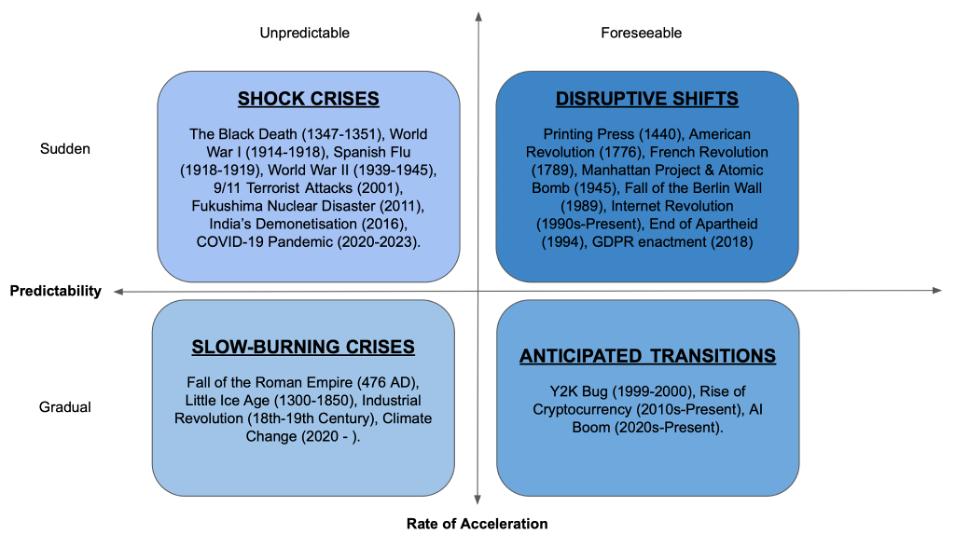
Figure 1: Crisis Classification Index
With the CCI integrated into the broader CDRI framework, organizations can move from crisis management to crisis-powered innovation, turning today’s disruption into tomorrow’s competitive advantage.
Crises often expose organizational vulnerabilities of an organization, but they also reveal hidden strengths and open new paths for reinvention. The CDRI framework is grounded in the core principle that innovation during disruption must serve both immediate survival and long-term competitive advantage.
Whether a crisis is regional or global, industry-specific or systemic, sudden or slow-moving, its characteristics shape the kind of response required. Some disruptions demand immediate operational pivots, whereas others call for rethinking business models, partnerships, or even the fundamental purpose of the organization. The predictability and acceleration of a crisis determine how fast and how broadly an organization must mobilize its response.
Equally critical is organizational readiness. Leaders who embrace uncertainty, foster cross-functional collaboration, invest in experimentation, and empower agile teams tend to turn disruption into opportunity. These behaviors, ranging from adaptive decision-making to transparent communication and systems thinking, are essential for navigating high-stakes disruption effectively5.
The CDRI framework consists of two interconnected layers:
Agile Periphery
Designed for speed and agility, this layer delivers tactical responses through new go-to-market strategies, supply chain adjustments, rapid product launches, ecosystem collaboration, and frontline experimentation. For example, during COVID-19, Airbnb quickly shifted focus from urban vacation rentals to longer-term stays and local getaways—an agile adjustment that not only bridged the crisis but shaped its future product roadmap.
Resilient Core
The Resilient Core, by contrast, focuses on embedding crisis lessons into the organization’s foundation by strengthening core capabilities, redesigning operating models, reinforcing financial/ technological resilience, and aligning talent/infrastructure/ strategy for long-term growth. Toyota’s post-2011 tsunami response exemplifies this when, after facing major supplier disruptions, the company invested in deep supply chain visibility and long-term risk modeling, making its operations far more resilient in the years that followed.
Together, the Agile Periphery and Resilient Core form a dynamic system that enables both rapid response and enduring transformation. The CDRI framework helps organizations avoid the trap of reverting to pre-crisis norms and instead equips them to emerge stronger, more adaptive, and better prepared for whatever comes next. The characteristics of CDRI are presented in Figure 2.
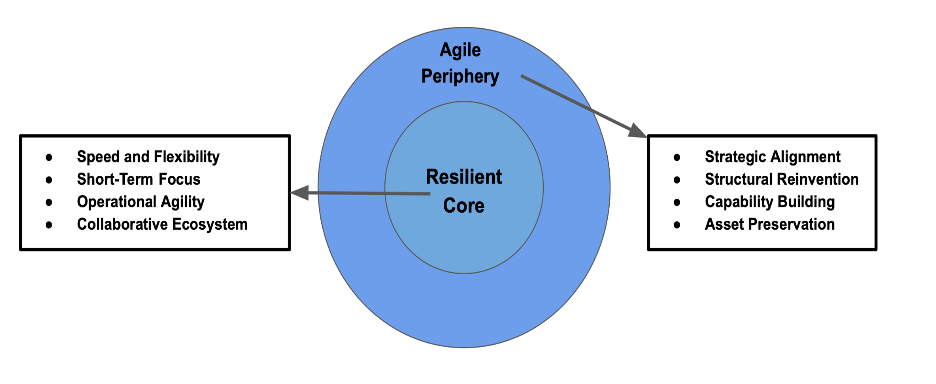
Figure 2: Characteristics of CDRI
The organizational components viewed through the lens of CDRI are presented in Figure 3. Organizationally, the Agile Periphery encompasses elements designed for speed and adaptability, enabling real-time crisis responses. It mobilizes functions like marketing, communication, and supply chain to handle shifts, such as pricing adjustments, liquidity planning, workforce redeployments, and AI-driven customer service. Leveraging digital enablers such as cloud infrastructure, cybersecurity, and ecosystem partnerships, it safeguards business continuity and facilitates transformation.
The Resilient Core focuses on embedding crisis-driven innovation into the very DNA of the organization. It houses functions responsible for long-term capability building, including talent development, strategic financial planning, R&D, and risk governance. While the Agile Periphery drives immediate responses, the Resilient Core ensures these adaptations evolve into structural advantages. It transforms short-term responses into strategic advantages by driving initiatives like business model reinvention, predictive analytics, and cultivating intellectual and relational assets that shape the post-crisis future.
A case in point is Siemens, the European manufacturing and technology leader. In response to pandemic-era and geopolitical supply chain disruptions, Siemens has doubled down on its use of digital twin technology simulated replicas of physical supply chains and manufacturing environments used to model risk, optimize operations, and anticipate points of failure. This effort, which falls squarely within the Resilient Core, reflects how companies can institutionalize adaptive capabilities that not only respond to a crisis but also set them up for long-term leadership. Meanwhile, Siemens’ ability to collaborate across its extensive partner ecosystem and reconfigure production schedules in real time during crisis events demonstrates the effectiveness of a well-activated Agile Periphery.
Together, these two layers provide a structural blueprint for embedding innovation throughout the crisis lifecycle. Organizations that embrace CDRI respond nimbly, recover strategically, and renew themselves with sustainable competitive advantage.
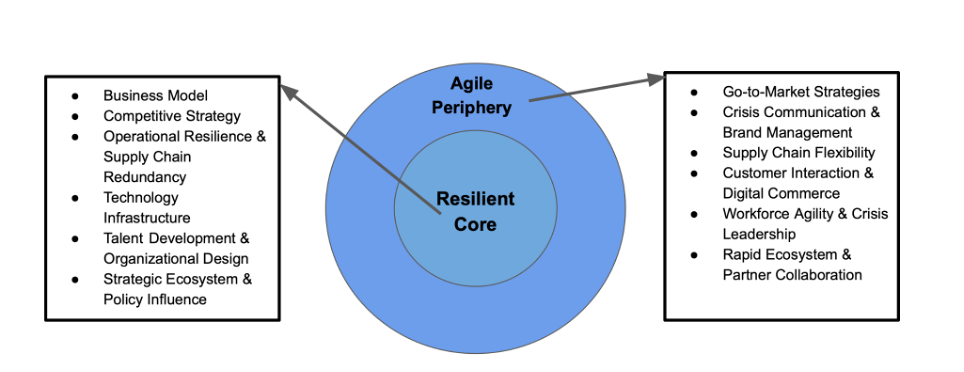
Figure 3: Organizational Components through the Lens of CDRI
Crises test organizations in real time on the shop floor, across digital channels, in supply chains, and at every customer touchpoint. The CDRI framework structures business and operational processes for immediate responsiveness and sustained transformation.
At the edge of the organization lies the Agile Periphery, where the frontline action unfolds. During a disruption, sales and go-to-market teams must pivot pricing models and reconfigure distribution strategies with little warning. Customer service operations (often the first to absorb the impact) need to scale fast. AI chatbots, omnichannel support, and self-service tools have become indispensable in managing spikes in demand and maintaining customer trust.
Consider how Zoom responded in early 2020. Practically overnight, its customer base surged from tens of millions to hundreds of millions. By rapidly reinforcing its digital infrastructure, support systems, and security protocols, Zoom exemplified Agile Periphery execution by responding to a shock crisis with speed and precision.
This agility also applies behind the scenes. Supply chain teams must be equipped to re-route logistics, identify alternative suppliers, and adjust inventory flows. Talent must be fluid, with workforce redeployments, remote work enablement, and emergency hiring playing central roles. IT infrastructure has to scale on demand, and cybersecurity must respond in real time. Financially, short-term liquidity management and dynamic budgeting ensure the organization can absorb shocks without seizing up. Cross-functional collaboration with partners becomes essential to co-create immediate solutions, whether through shared logistics, emergency funding models, or joint digital platforms.
Yet speed alone is not enough. If the Agile Periphery is about action, the Resilient Core is about absorption and reinvention. It ensures that crisis responses aren’t one-off heroics, but steps in a longer strategic arc. Here, organizations invest in structured onboarding and continuous talent development, preparing employees not just to survive the next crisis but to thrive during the crisis. Product and R&D teams shift from short-term fixes to developing solutions that are robust, scalable, and adaptable to future disruptions ensuring that innovation not only addresses the immediate crisis but also strengthens long-term resilience. This is where Airbnb’s pivot during the pandemic becomes instructive: its initial crisis response, shifting focus from city tourism to local, long-term stays, was operationally agile. But the real innovation came later, when it rebuilt its core business around flexibility, safety, and a broader definition of hospitality.
Payroll and compensation systems, often stress-tested during downturns, are retooled for fairness, retention, and automation during crises. Organizational design shifts to accommodate hybrid work models and leadership succession, ensuring continuity. Supply chain optimization takes on a longer-term horizon, emphasizing nearshoring, predictive analytics, and resilience over pure efficiency.
Most importantly, it is within the Resilient Core that thriving organizations elevate their use of data and decision-making during a crisis. Instead of reacting to metrics after disruption strikes, they deploy real-time dashboards, scenario planning tools, and AI-led insights to anticipate what comes next. Financially, they shift from reactive cost-cutting to deliberate capital allocation strategies that strengthen antifragile business models. Their compliance and governance functions don’t merely follow regulation, they shape it, proactively addressing reputational and ethical risks before they escalate.
The interaction between these two layers is what makes the CDRI framework powerful. The Agile Periphery enables rapid adaptation without waiting for perfect clarity. The Resilient Core ensures those adaptations compound into long-term advantage.
By aligning business processes across these layers, organizations don’t just weather storms, but they rewire themselves to thrive in turbulence. Crisis, in this view, is not just something to be managed but something to be mastered. The business and operational processes viewed through the lens of CDRI are presented in Figure 4.
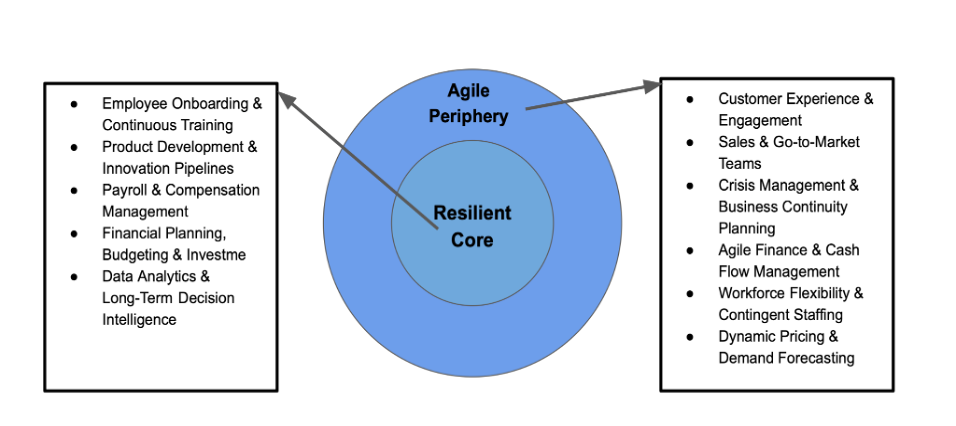
Figure 4: Business and Operational Processes viewed through the Lens of CDRI
A crisis doesn’t just test a business model; it actually stress-tests its core assumptions, uncovers hidden weaknesses, and occasionally, reveals untapped strengths. The CDRI framework extends beyond organizational structure and leadership behavior to evaluate how business models must adapt for both immediate response and long-term resilience.
The Agile Periphery houses the elements that need to pivot fast. These include revenue streams, customer segments, value propositions, and engagement channels, components that sit closest to the market and are most exposed during a crisis. When faced with sudden demand shocks or operational constraints, organizations must move quickly: adopting dynamic pricing models, shifting to subscription-based services, launching digital-first campaigns, or tapping into new customer segments.
For example, during the early days of the COVID-19 pandemic, many fitness studios rapidly introduced live-streamed classes and on-demand subscriptions, transforming their physical presence into a scalable digital service in a matter of weeks. Their ability to activate the Agile Periphery helped them preserve customer relationships and stabilize cash flows during uncertain times.
At the same time, these front-line responses must be reinforced by a stable and thoughtful Resilient Core. This inner layer focuses on fortifying foundational capabilities ensuring that the short-term tactics deployed during crises don’t remain temporary patches but become durable sources of competitive advantage. Here, companies invest in long-term revenue diversification, build resilient supply chains, modernize infrastructure, and institutionalize customer trust.
Consider how Unilever has responded to the long-term threat of climate disruption. Beyond immediate shifts in product packaging and supply sourcing, it has embedded sustainability into its core brand proposition, portfolio strategy, and investment agenda. This commitment reflects the essence of the Resilient Core: evolving the business model itself, not just reacting to the environment.
Crucially, the interplay between the Agile Periphery and Resilient Core is where true transformation happens. Quick pivots without a strong core can lead to fragmented customer experiences or operational inefficiencies. But focusing only on foundational resilience risks missing near-term shifts that shape customer expectations and competitive positioning.
By organizing business model components within this dual-layered structure, leaders gain a blueprint for balancing speed and stability. In doing so, they move beyond merely surviving disruption and toward something far more powerful, turning moments of crisis into catalysts for sustainable transformation.
A strategic framework is only as valuable as its capacity to inform decisive, timely action. The CDRI model, anchored in the CCI, is designed not just as a lens for interpretation but as a playbook for execution. Its value lies in enabling firms to move from reactive firefighting to proactive reinvention.
The first imperative is clarity. The CCI equips leaders with a structured tool to assess the nature of any crisis along key dimensions, most notably predictability and pace of acceleration. Whether organizations are navigating a sudden ransomware attack or preparing for the longer arc of AI-led workforce transformation, the CCI provides a foundation for tailoring the innovation response to the specific shape and tempo of disruption.
The dual-layer design of the CDRI framework ensures that organizations do not confuse urgency with improvisation. The Agile Periphery provides the mechanisms for immediate adaptation, ranging from rapid pricing shifts and supply chain pivots to accelerated digital rollouts. The Resilient Core, meanwhile, ensures that these adjustments are not merely temporary, embedding them into organizational infrastructure, business models, and long-term talent strategies.
Execution in crisis conditions requires more than ad hoc coordination. Leading organizations are formalizing this function through multi-layered teams. Structured as a lean core team for proactive planning and supported by a Tiger Team of cross-functional leaders, these teams provide a scalable operational engine. It bridges short-term responsiveness with long-term capability building, ensuring that insights from the frontlines of disruption inform broader organizational transformation.
The CDRI framework is already delivering value in practice. When Airbnb’s core business collapsed at the start of the pandemic, the company pivoted quickly from short-term city rentals to long-term local stays, a shift enabled by its Agile Periphery. Just as critically, it later rebuilt its business model around flexibility and trust, embedding those changes into its Resilient Core. Similarly, Toyota’s post-tsunami investments in supply chain risk modeling and Siemens’ adoption of digital twin technology reflect how operational disruptions can lead to enduring strategic renewal.
By aligning organizational responses with the type of crisis at hand and structuring execution through agile and resilient components, the CDRI framework enables firms to convert turbulence into transformation. The goal is to ensure that every disruption becomes not just a test of resilience, but a platform for reinvention.
Crises will keep coming. But the organizations that consistently emerge stronger aren’t those that react best but are the ones that evolve while in motion.
The CDRI framework offers leaders a shift in posture—from reacting to reimagining. By pairing the structural agility of the Agile Periphery with the strategic depth of the Resilient Core, organizations can address immediate disruption without losing sight of long-term reinvention. The CCI ensures that responses are not just fast but are fit-for-purpose and are mapped to the unique contours of each crisis. And a strategic multi-layer team structure provides the operating model to turn this strategy into execution, embedding innovation into how the organization prepares, responds, and evolves.
The real question is no longer, “How do we get through this?” It’s “How do we use this to get ahead?” The answer lies in treating every crisis not as a detour, but as a turning point, and using the CDRI playbook to ensure we don’t just bounce back, but we leap forward.
 Spotlight
Sayan Chatterjee
Spotlight
Sayan Chatterjee
 Spotlight
Mohammad Rajib Uddin et al.
Spotlight
Mohammad Rajib Uddin et al.